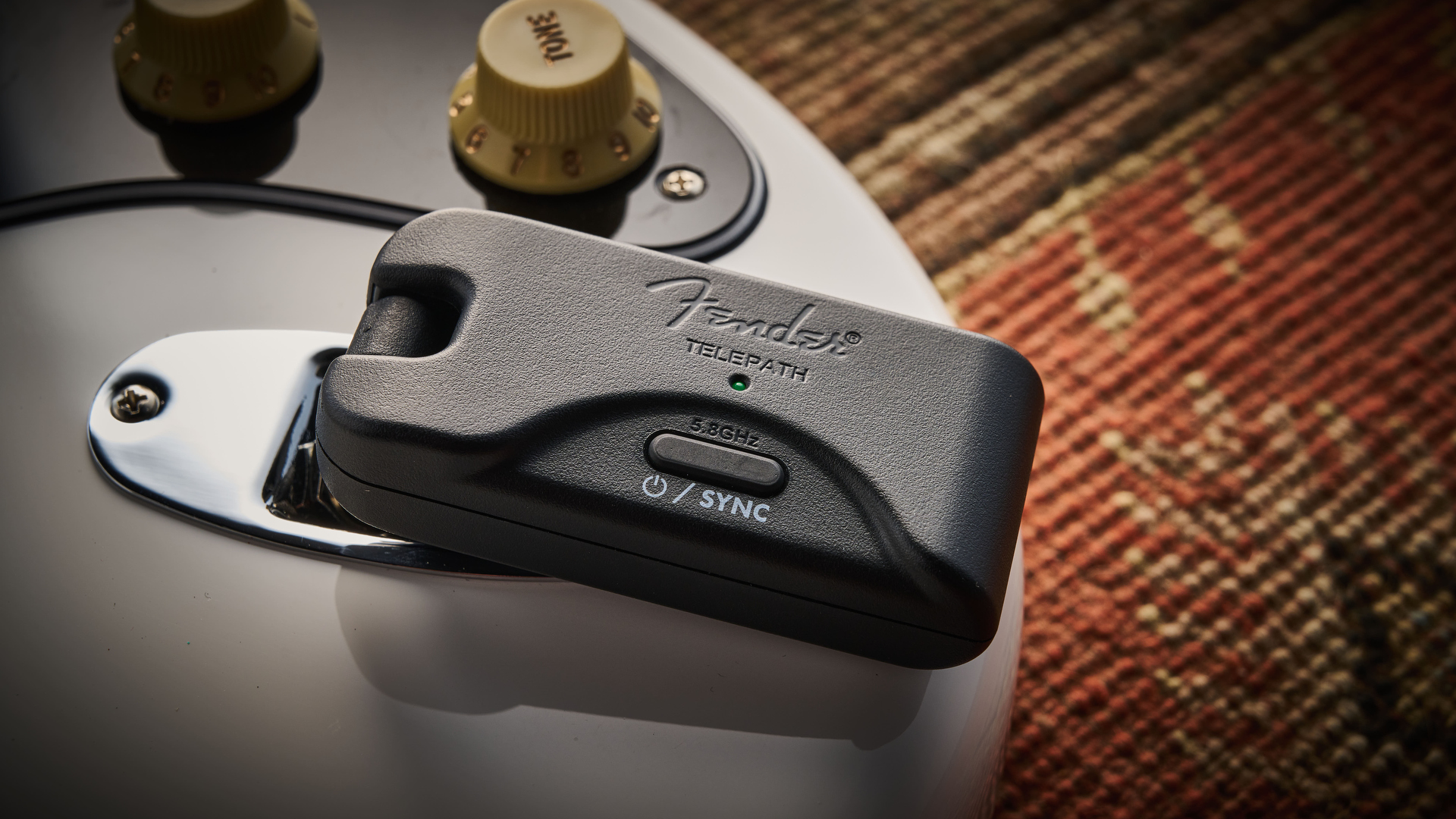
What is it?
With its reasonably priced yet rugged guitar cables dominating stages worldwide, and a wealth of electronic knowledge courtesy of its pedal and amp division, Fender’s foray into guitar wireless systems with the Telepath is a logical next step for the guitar giant.
The firm has done its research, too, as this is about as streamlined as compact wireless systems get while still retaining the core functionality to cater to a wide variety of rigs.
Rather than start its wireless quest with the customary 2.4GHz bandwidth used by most wireless devices, Fender has gone straight in with the 5.8GHz frequency band
Housed in an enclosure not dissimilar to the firm’s best-selling Mustang Micro Plus, the Telepath features a black transmitter and blue receiver. The black finish and thinline rectangular shape mean the transmitter blends into most electric guitar designs – and naturally, it works with all Fender output jacks courtesy of a jack plug that pivots 270 degrees. No Strat problems here.
Rather than start its wireless quest with the customary 2.4GHz bandwidth used by most wireless devices, Fender has gone straight in with the 5.8GHz frequency band, which aims to avoid interference from Wi-Fi signals and wireless microphones, thereby minimizing dropouts.
5.8GHz is an increasingly popular choice for new wireless system launches, with Xvive’s A58 and Blackstar’s Airwire i58 both employing the same technology.
Controls are as basic as it gets. There’s a recessed button that acts as an On/Off when held for two seconds, and doubles as a Sync switch when held for five. The only other control is a transmitter-mounted slider switch to tailor the output for guitars with passive and active pickups.
This is especially important given Fender’s claim of a built-in cable tone simulation circuit to replicate the high-end roll-off from a physical cable.

Auto-pairing technology means the transmitter and receiver will sync automatically when both are powered on. Fender also claims you can sync up to three transmitters with one receiver – which allows you to have transmitters plugged into multiple guitars onstage, all running into a single receiver.
Only one transmitter can be actively paired to a receiver at any one time, however, so you’ll need to switch transmitters on and off when switching instruments – and, at the time of writing, Fender doesn't sell transmitters on their own.
The Telepath’s latency is listed as a tiny 4ms, while it has a stated 70-foot transmission range, with a 100dB dynamic range. You’ll get eight hours of performance from a two-hour charge via the included double-ended USB-C cable.
Usability and performance
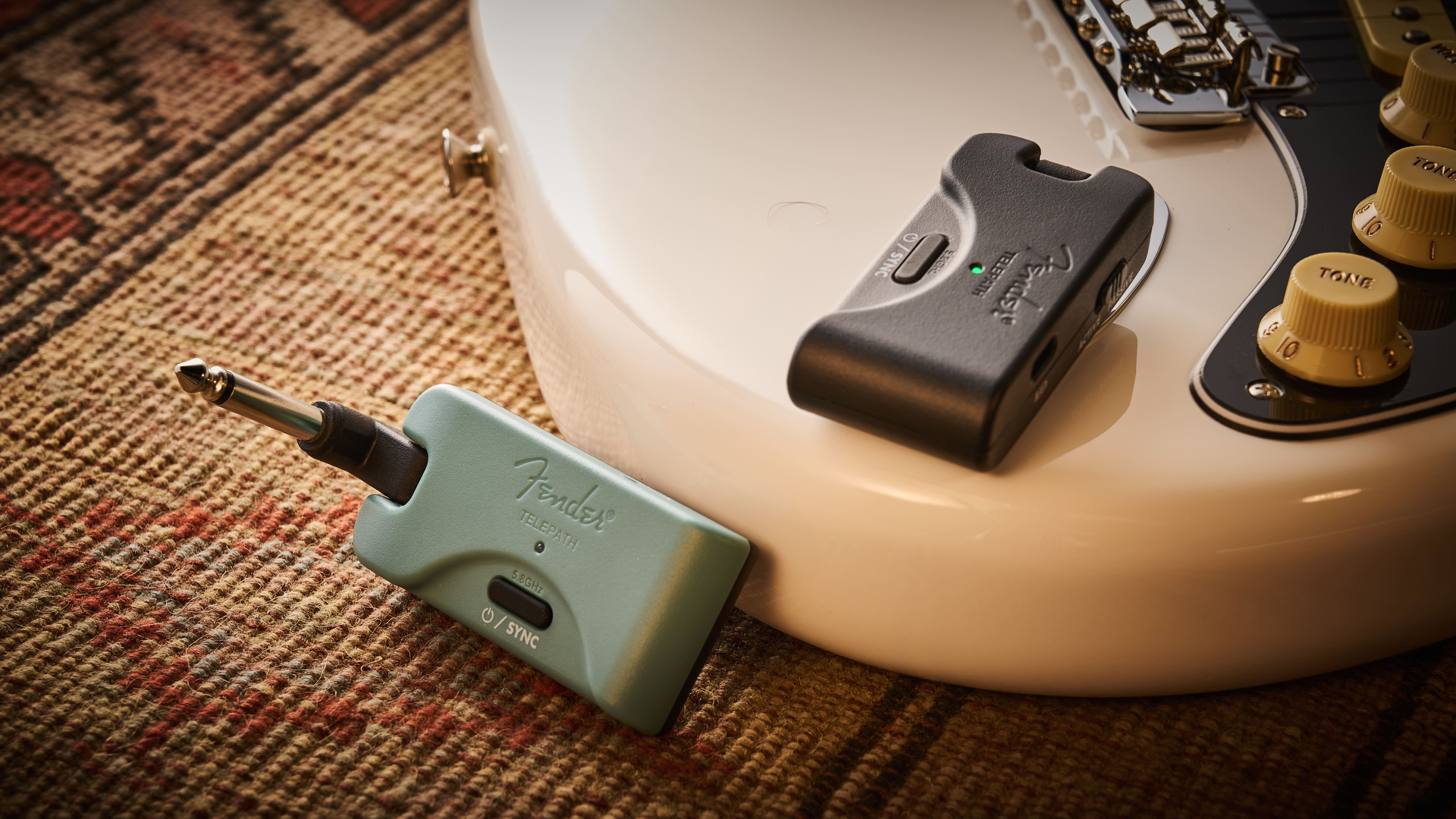
The Telepath units are extremely lightweight, but feel durable with a smooth jack rotation that ensures it has plenty of flexibility to fit any instrument – and most pedalboard configurations, if that’s where you’re sticking your receiver.
I tested the Telepath at a live show in a small venue, at rehearsal and at home – and, spoiler alert, it excelled in all scenarios
It sounds obvious, but I liked the fact the receiver was a different color to the transmitter, which meant I had no trouble differentiating it from the transmitter, unlike a lot of rival units where they’re near-identical, leaving you to check the small print to figure out what’s what. Every second counts when you’re playing a stacked bill and need to fit in a soundcheck.
I tested the Telepath at a live show in a small venue, at rehearsal and at home – and, spoiler alert, it excelled in all scenarios.
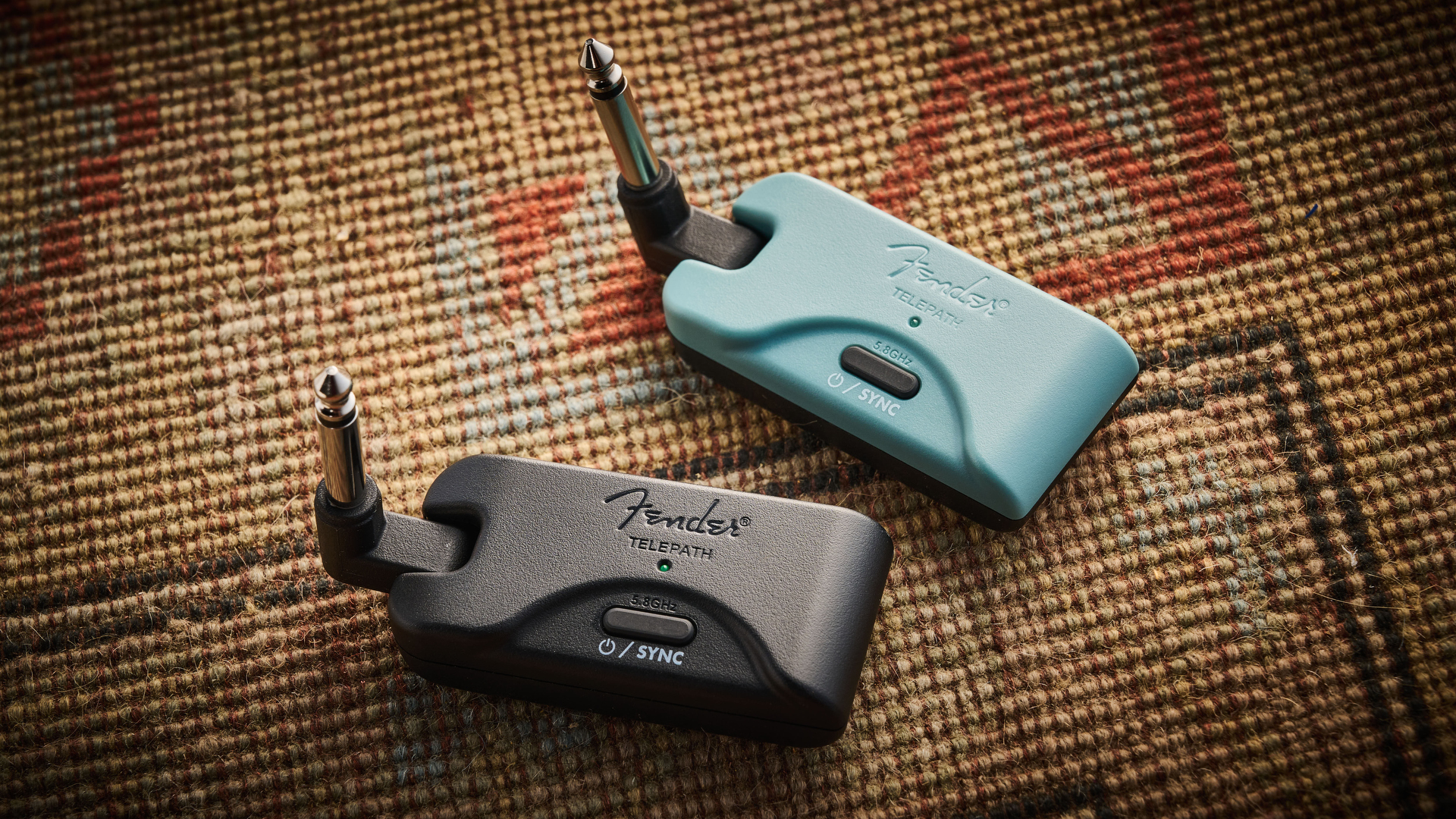
Pairing between the transmitter and receiver is quick – around two seconds upon switching both on – and the entire time I was connected, I experienced zero dropouts, with no additional noise or interference versus a cable.
Latency wasn’t a problem, either – I didn’t feel any less engaged with my playing when I was at a reasonable distance to my amp, and the signal stayed strong even when I was playing two floors below at home.
The active/passive switch is easy enough to access during a set, giving you a secret weapon
Sonically, I found my guitar just as dynamic and punchy as with a cable, but it should be noted that Fender’s promised cable tone simulation is very subtle. In fact, I found my tone was slightly brighter compared to using my regular 15ft cable, or even a rival wireless system from Xvive – but to my surprise, I actually preferred it.
A few more cable tone settings could be handy for a future update, however – especially if your sound relies on the treble loss from a long cable run.
Using the onboard switch to go from passive to active mode drops the output of the wireless system considerably. That’s handy for your EMG and Fishman-loaded ESPs (it gave my EMG 89-equipped Cort a considerably less hot humbucker tone), but it’s also easy enough to access during a set, giving you a secret weapon.
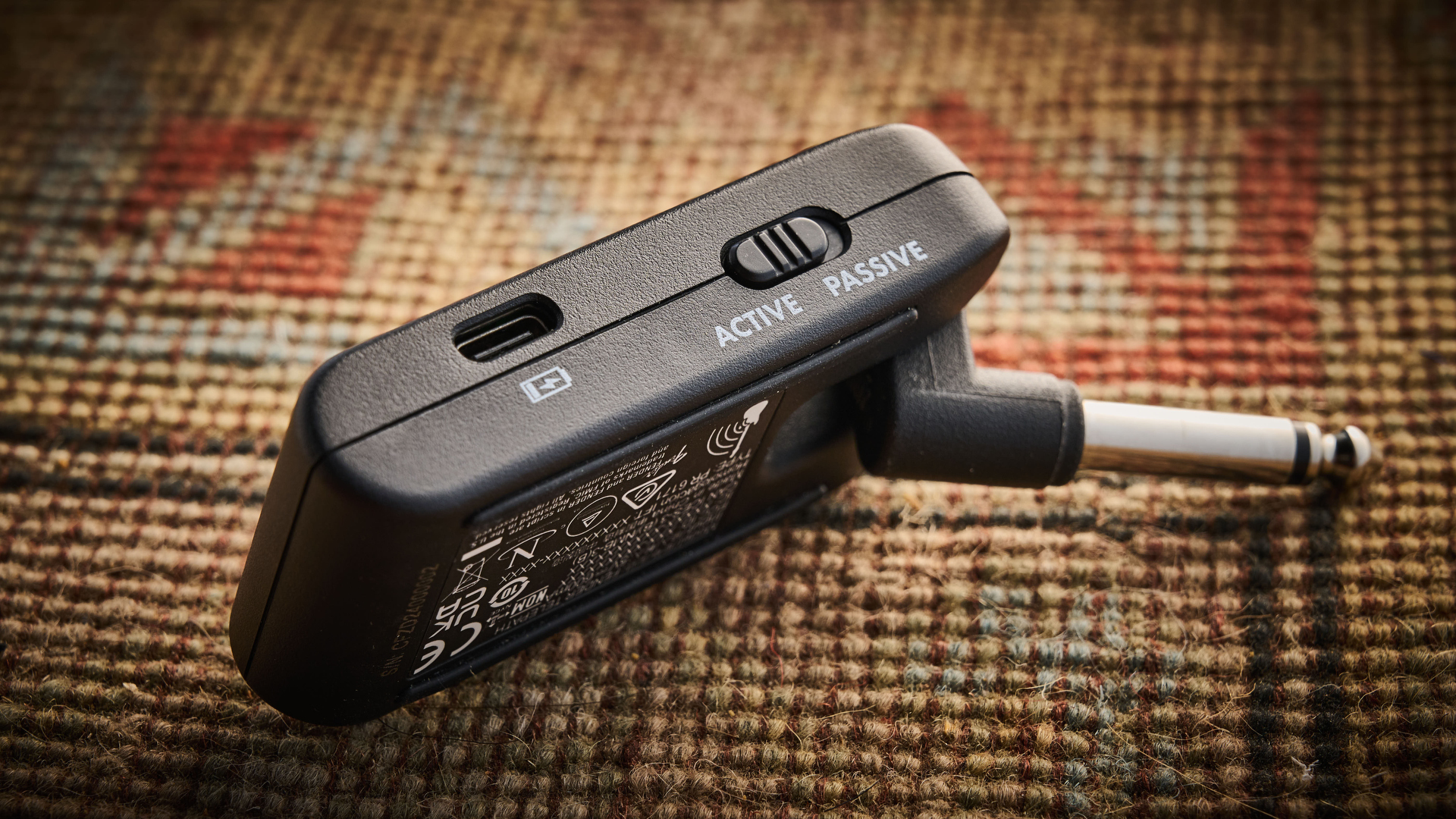
If you’re using a passive guitar, it could double as a built-in volume cut you could use to clean up your drives, or an epic gain boost for active guitars. It’s a neat little bonus to have in a live setting.
The battery life delivered on Fender’s stated eight hours, and I got through a rehearsal, gig and several quick at-home noodling sessions before I needed to charge. A yellow LED kicks in at 50% charge or less, red at 20%, and flashing red when you’ve got 20 minutes left.
There’s no auto-standby for both units when there’s no signal passing through, so you’ll need to make sure to switch off the transmitter when you’re done playing. The receiver will automatically switch to standby mode after 15 minutes with no signal.
Verdict
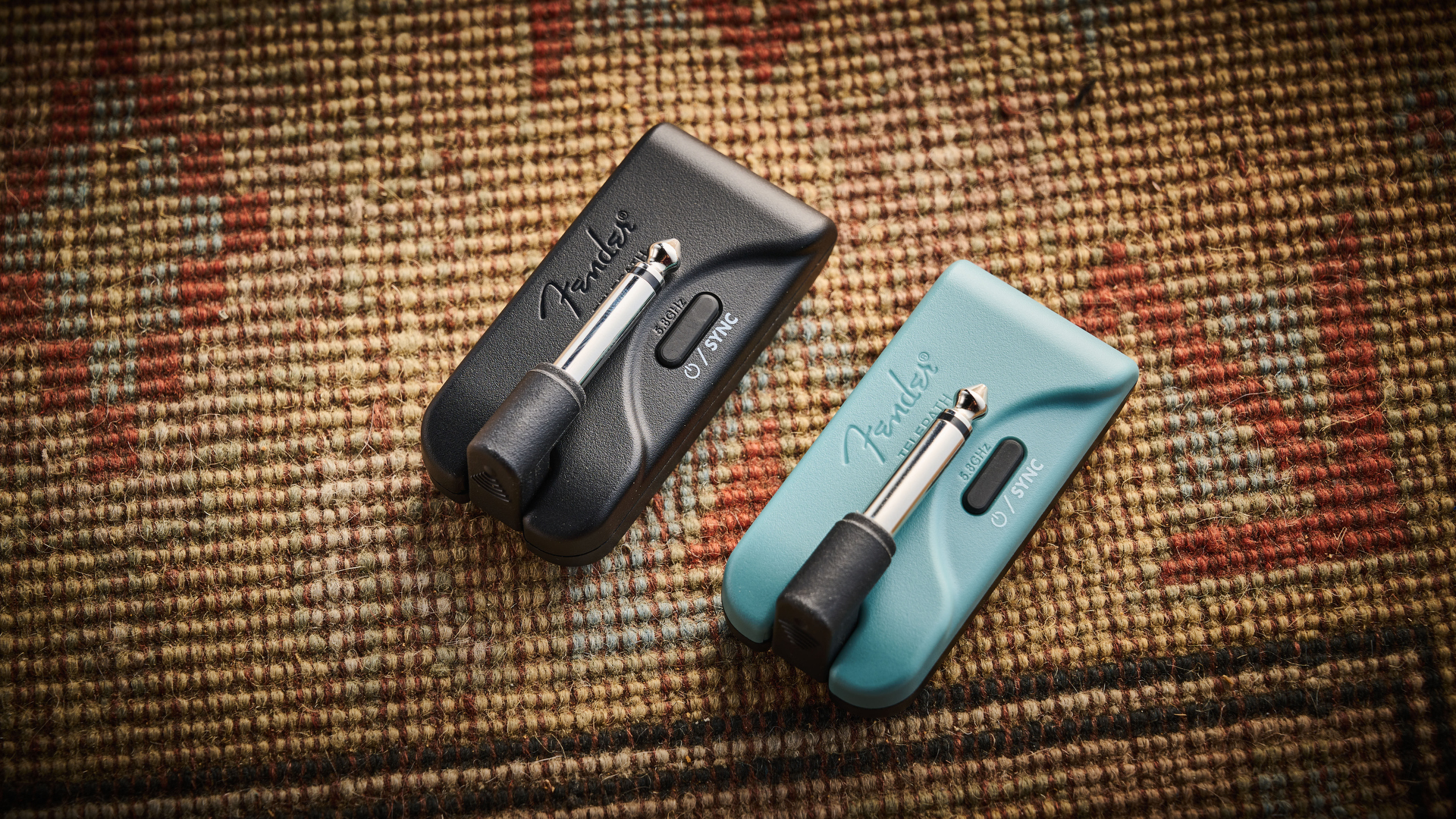
Guitar World verdict: The Telepath is a near-perfect compact wireless system. There aren’t loads of bells and whistles – it doesn’t have a choice of channels, included case, or cable tone settings, for example – but it’s beautifully simple to use, with everything you need and nothing you don’t.
If you want an easy, reliable entry point to wireless playing that delivers maximum clarity from your guitar, the Telepath is a winner.
Specs
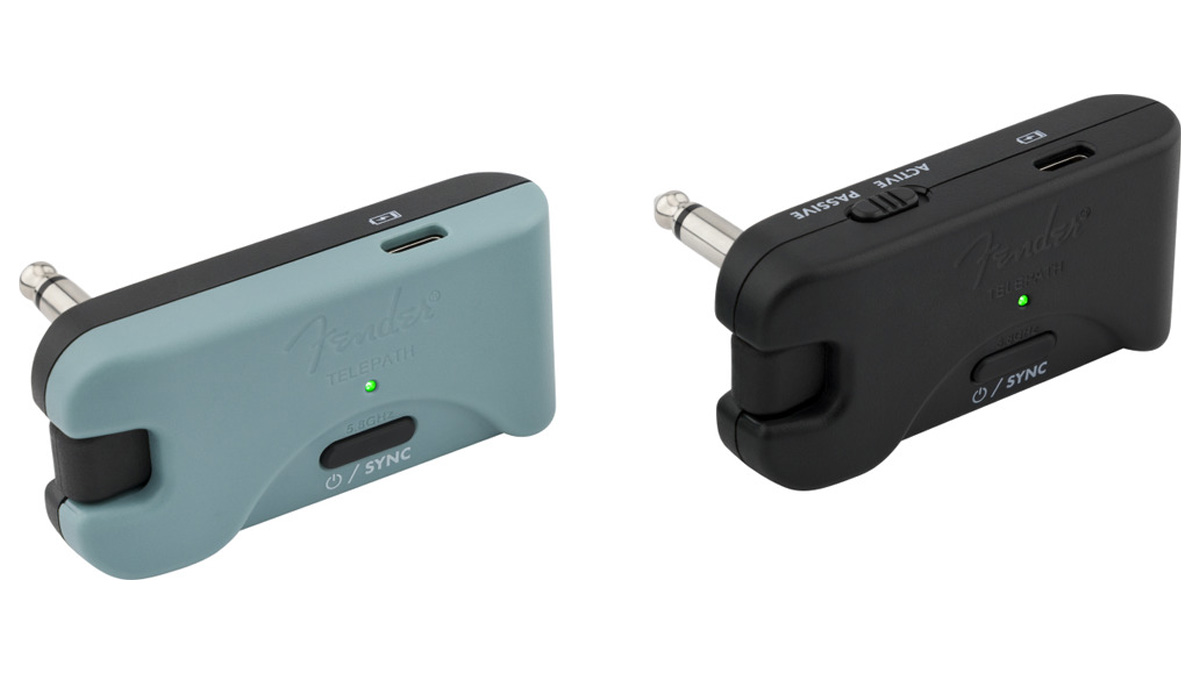
- Launch price: $199/£169
- Type: Guitar wireless system
- Controls: On/Off/Sync, Active/Passive switch
- Connectivity: 1/4" mono jack, USB-C 5V port
- Range: 70 feet
- Battery life: 8 hours from a 2-hour charge
- Contact: Fender







